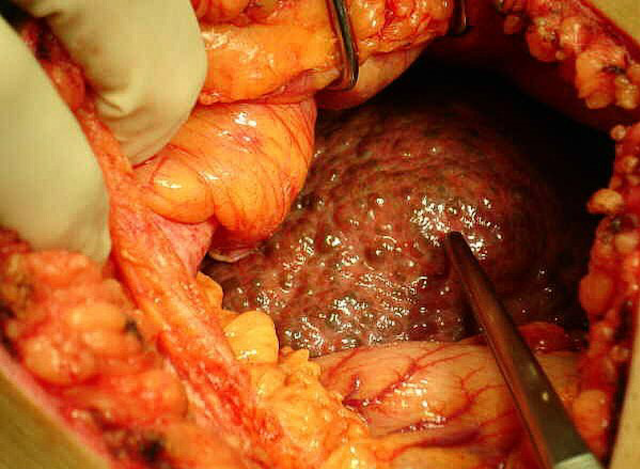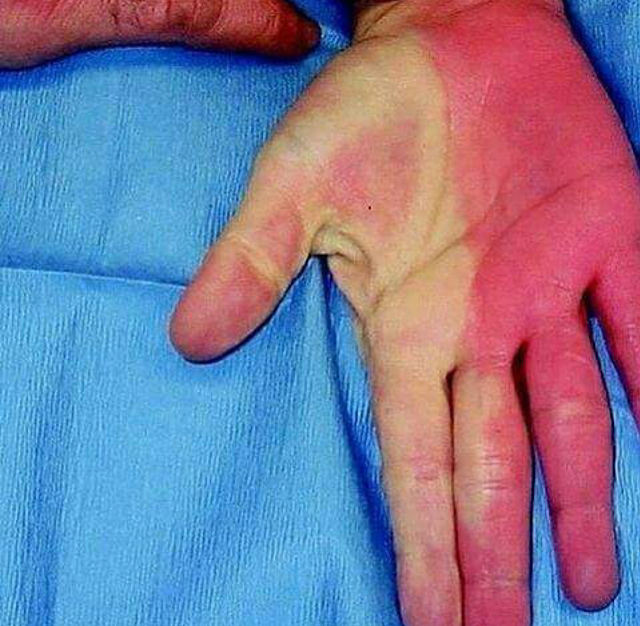Eye injury sustained while fishing from a fishing hook.

Eye injury sustained while fishing from a fishing hook. Yes, those kind of injuries happens commonly among fisherman. Many fishing hooks have barbs that make them difficult to remove if they embed in an eye. If one do catch a hook in the eye, it is important not to try to remove it yourself, as you may cause more damage. Fish hook injuries most commonly occur in the hand. The standard method used to remove them from this site is to push the barb out through the skin,snip it off ,and then rotate the shaft backwards along the entry path. If the hook is simply dragged backwards with the barb in situ it produces much greater soft tissue damage. Good vision is usually restored without complications, and wearing proper eye protection is advised.








